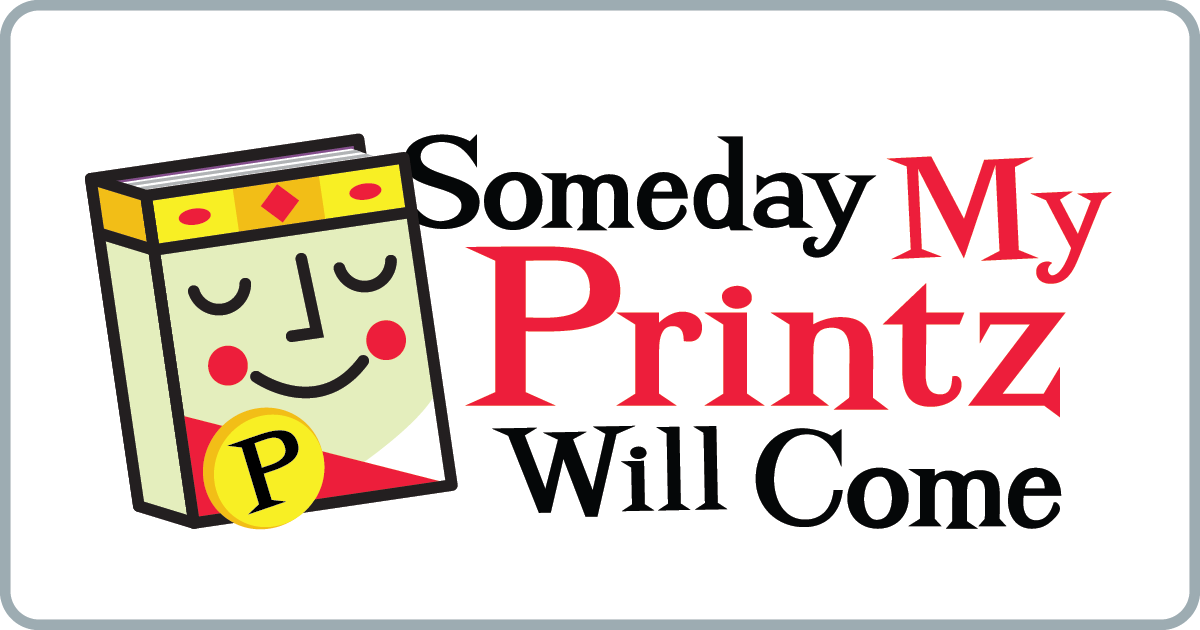SCROLL DOWN TO READ THE POST
Still Life With Tornado
 Oh, A.S. King! Every year, a new novel. Every year, a bold move to expand what we think of as a novel. I’m not sure if I’m a King fan, but I find myself drawn to her books year after year because I trust them to be engrossing reading experiences, even if I have an Alice-in-Wonderland feeling the entire time, unsure of what’s real and what’s hallucinatory, unsure where I stand or how to even approach thinking about what’s in front of me.
Oh, A.S. King! Every year, a new novel. Every year, a bold move to expand what we think of as a novel. I’m not sure if I’m a King fan, but I find myself drawn to her books year after year because I trust them to be engrossing reading experiences, even if I have an Alice-in-Wonderland feeling the entire time, unsure of what’s real and what’s hallucinatory, unsure where I stand or how to even approach thinking about what’s in front of me.
This year’s offering is pure King — but it’s also accessible in a way we haven’t seen since Ask the Passengers. And I’d argue it’s better than King’s Printz honor-winning Please Excuse Vera Dietz. In short, this one is a true contender.
ADVERTISEMENT
ADVERTISEMENT
Still Life With Tornado, A.S. King
Dutton, October 2016
Reviewed from ARC
King excels when she examines the emotional weight of teenage lives. Her trademark surrealism/magic realism/mind f-ery (magic surrealism, maybe?) is the perfect device for the examination of trauma, repression, and adolescent angst. 16-year-old Sarah, around whom the story centers, can’t admit anything, even to herself. She’s kept so many things locked up for so many years that she can’t see what’s happening around her, and she’s created such a deep black hole of emotions — they go in and never see light again — that it’s permeated her ability to deal with everything and anything. King’s creative twist is that Sarah keeps meeting other versions of herself: 10-year-old Sarah, 23-year-old Sarah, even briefly 40-year-old Sarah. It could be twee, it could fail, but instead it works. It works for the plot, it works with the theme of what we acknowledge and when, and it works on a meta level as a way to examine adolescence: sandwiched between two selves who consider her a downer, “silly and dramatic,” 16-year-old Sarah must learn to take herself seriously and be less silly and dramatic, but not less aware of her own pain, if she wants to grow into her future self.
The language here has a rhythm; Sarah narrates in simple, thoughtful language. Her voice is distinct, funny/grim — not laugh out loud, but laced with a sense of absurdity — and given to making everything sound almost portentous — a function of relatively short sentences? As I reread, I see too that while the voice sounds natural and authentically teen-aged, it’s laced with repeating imagery and foreshadowing and clues to what Sarah isn’t even admitting to herself, which further demonstrates King’s utter control over her writing.
There are also chapters from Sarah’s mother, in her own first-person narration which is entirely distinct from Sarah’s voice. Helen’s cadence and thought patterns are distinct from Sarah’s; it’s a rare thing for a shifting first person narrative to never trip up the reader but here it’s impossible to confuse the Sarah chapters and the Helen chapters.
This is not a plot-heavy book; more of a study of character and, even more than that, a study of what happens when you’ve spent years under immense pressure. (In the darkness of the tornado, because there’s some pretty overt imagery here, which ok, not subtle, but teens aren’t as subtle as they think they are so it weirdly works, despite being really obvious at times.) This is a household that has been poised on the brink of a catastrophic moment for years, and Sarah has been crushed by the tension without really understanding what the pressure is. The stress of that existence is what has led to Sarah’s break from school and all of her friends; she’s isolated herself, following two triggering incidents: a social media contact from her “runaway” brother, which brings back memories of a family trip when she was 10, and a cruel bullying incident at school tied to Sarah knowing something she shouldn’t. Knowledge, art, the nature of creativity: these are the themes swirling around Sarah’s desire both to understand her family and to avoid the pain that understanding will inevitably bring.
The treatment of art is especially noteworthy. Sarah obsesses that “nothing is original,” that she can no longer create art. She follows a homeless man because she sees originality in his art; she takes herself to an art museum because her relationship with art is as consumer and creator. Art is the center of her conflict and the thing she may need; pain and art are inextricably inertwined, and art is what helps Sarah see that her pain can make her stronger. The novel provides one of the most sophisticated looks at what it means to be a teenager and an artist I’ve ever read, without ever being inconsistent, despite the depth, with Sarah’s voice or emotional perspective. This same balancing act is present in Sarah’s conflicted feelings about her peers and her art teacher and the art show which is at the heart of that second triggering incident.
I don’t want to spoil too much, so I’m trying to be careful with what I say, but basically it boils down to: this is a brilliant book. It’s smartly written. It’s carefully written. It’s beautifully written. It will make you roll your eyes, and then sympathize; it will make you feel an aching emptiness and then a cathartic release. It is, in short, a deeply deserving book and it would look very good with a shiny P sticker. (Ok, it wouldn’t, there’s no place on the cover for a sticker and if it wins the committee will spend an hour trying to figure out how to manage adding the seal without obscuring a design detail. But whatever, figuratively it will look very good.)
I’m so glad I finally wrote this up before it was too late to vote for it in the Pyrite, because the more I think on this, and the more I reread, the more I see that this really is in the very top for 2016. I’m excited to hear what others have to say — although five stars and a host of year-end accolades have me thinking most of you will probably agree.
Filed under: Books to look for, Contenders, Fiction
About Karyn Silverman
Karyn Silverman is the High School Librarian and Educational Technology Department Chair at LREI, Little Red School House & Elisabeth Irwin High School (say that ten times fast!). Karyn has served on YALSA’s Quick Picks and Best Books committees and was a member of the 2009 Printz committee. She has reviewed for Kirkus and School Library Journal. She has a lot of opinions about almost everything, as long as all the things are books. Said opinions do not reflect the attitudes or opinions of SLJ, LREI, YALSA or any other institutions with which she is affiliated. Find her on Twitter @InfoWitch or e-mail her at karynsilverman at gmail dot com.
ADVERTISEMENT
SLJ Blog Network
Name That LEGO Book Cover! (#65)
Review of the Day: This is Orange by Rachel Poliquin, ill. Julie Morstad
Betty & Veronica: Summer Fun in the Sun | Preview
Heavy Medal Suggestions: 73 Titles and Counting
Like This, Try That: K-Pop Demon Hunters
The Classroom Bookshelf is Moving
ADVERTISEMENT
ADVERTISEMENT







